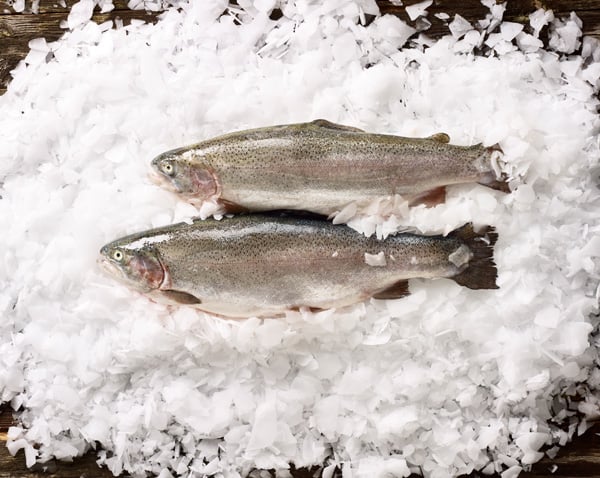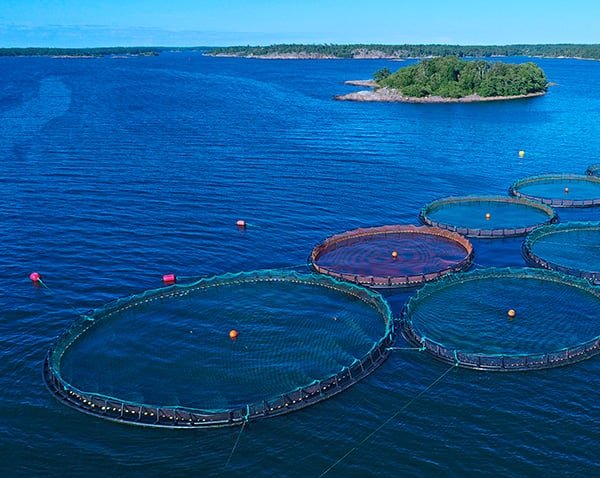Åland
Facts about Åland
Åland has a special and unique status in Finland. Here are a few facts about the Åland Islands.
- Åland has been an autonomous and demilitarised province of Finland since 1921.
- Swedish is the only official language in Åland. A third of the islands’ residents were born outside Åland, in a total of 87 different countries. Over 50 languages are represented in Åland.
- The oldest known settlements date back to ca. 5000 BC. Åland belonged to Sweden for more than 600 years and to Russia from 1809 to 1917, when Finland became independent.
- Åland has its own legislation with regard to health care, education, business life, internal traffic and municipal administration, among other things.
- Åland has its own flag, stamps, Internet country code and vehicle register plates.
- Åland has been a member of the EU since 1995 but is not part of the Taxation and Customs Union. The currency used is euro. Åland has its own representation in Nordic cooperation.
- Åland comprises 20,000 islands and islets, of which 6,700 are named and 60 have year-round settlement. The Åland Islands cover an area of 13,517 km2, of which 1,527 km2 is land. The time zone is -2GMT.
- Åland has an oceanic climate and varied nature with an abundance of species. The median temperature is +19 °C in July and -2 °C in January.
- It has a population of over 28,000. The only city in the province is Mariehamn, which was founded in 1861 and has a population of approx. 11,000. The province also comprises 15 rural and island municipalities.
- In order to have the right to claim Åland as a legal domicile, a person must have been born in Åland or have lived there permanently for five years. An exceptional permit for land ownership and business may also be granted without the right of domicile.
- The most important industry is the maritime industry, which accounts for 22% of the GDP. Employers: 27% trade and transport, 32% public services, 13% IT, jurisprudence and finance, 9% industry, 7% construction and 4% agriculture and fishing. Unemployment rate: 4%.



